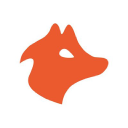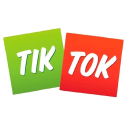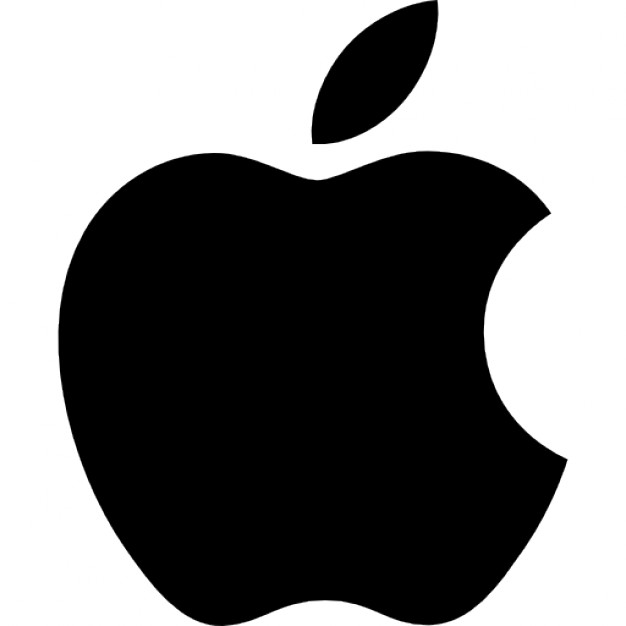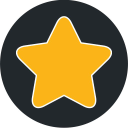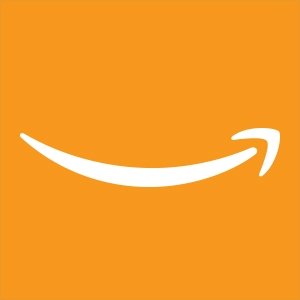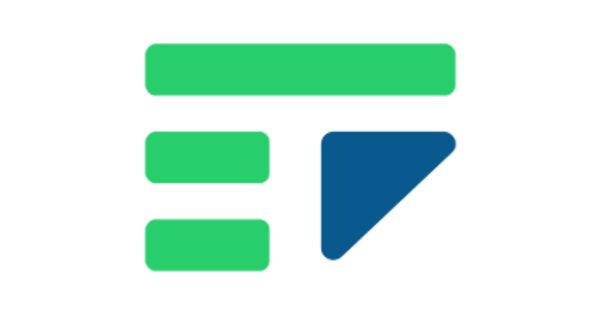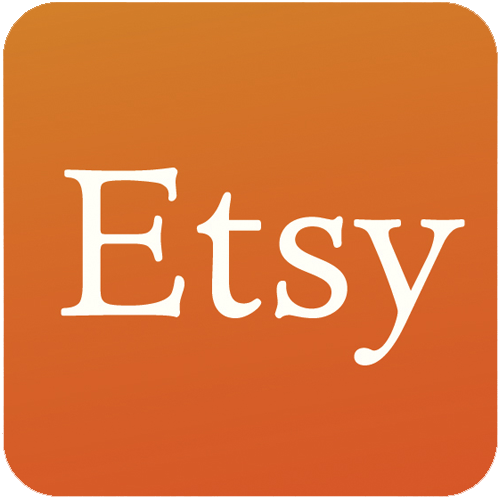5 Years In The Making, How I Make $50K/Month Through Blogging And An Agency
Hello! Who are you and what business did you start?
Hey everyone. My name is Forrest Webber (2 R’s, 2 B’s), and I’m… well…
It’s always hard to answer this relatively simple question. I guess I can tell you what I do instead:
I own and manage a portfolio of about 20 content niche websites that generate $25-50k in revenue every month. In the last 30 days, I’ve published 275k words (mostly blog posts) – the kicker is that I didn’t write a single one myself.
Over the years, I’ve assembled an all-star team (30+ contractors and employees) of content writers, editors, designers, and copywriters that can take my ideas and turn them into income-generating assets.
My job description is closer to that of a leader than a technician; I facilitate communication between our organization's different departments and ensure the overarching vision remains at the forefront. This allows me to indulge in my creativity without sacrificing execution (ironically, for an entrepreneur, I’ve always struggled with execution…)
I was overstaffed in the early days, increasing my business risk but keeping my work hours within a tolerable range. I have two young daughters, one is seven years old, and the other is 5. I went...

Download the report and join our email newsletter packed with business ideas and money-making opportunities, backed by real-life case studies.

Download the report and join our email newsletter packed with business ideas and money-making opportunities, backed by real-life case studies.

Download the report and join our email newsletter packed with business ideas and money-making opportunities, backed by real-life case studies.

Download the report and join our email newsletter packed with business ideas and money-making opportunities, backed by real-life case studies.

Download the report and join our email newsletter packed with business ideas and money-making opportunities, backed by real-life case studies.

Download the report and join our email newsletter packed with business ideas and money-making opportunities, backed by real-life case studies.

Download the report and join our email newsletter packed with business ideas and money-making opportunities, backed by real-life case studies.

Download the report and join our email newsletter packed with business ideas and money-making opportunities, backed by real-life case studies.





